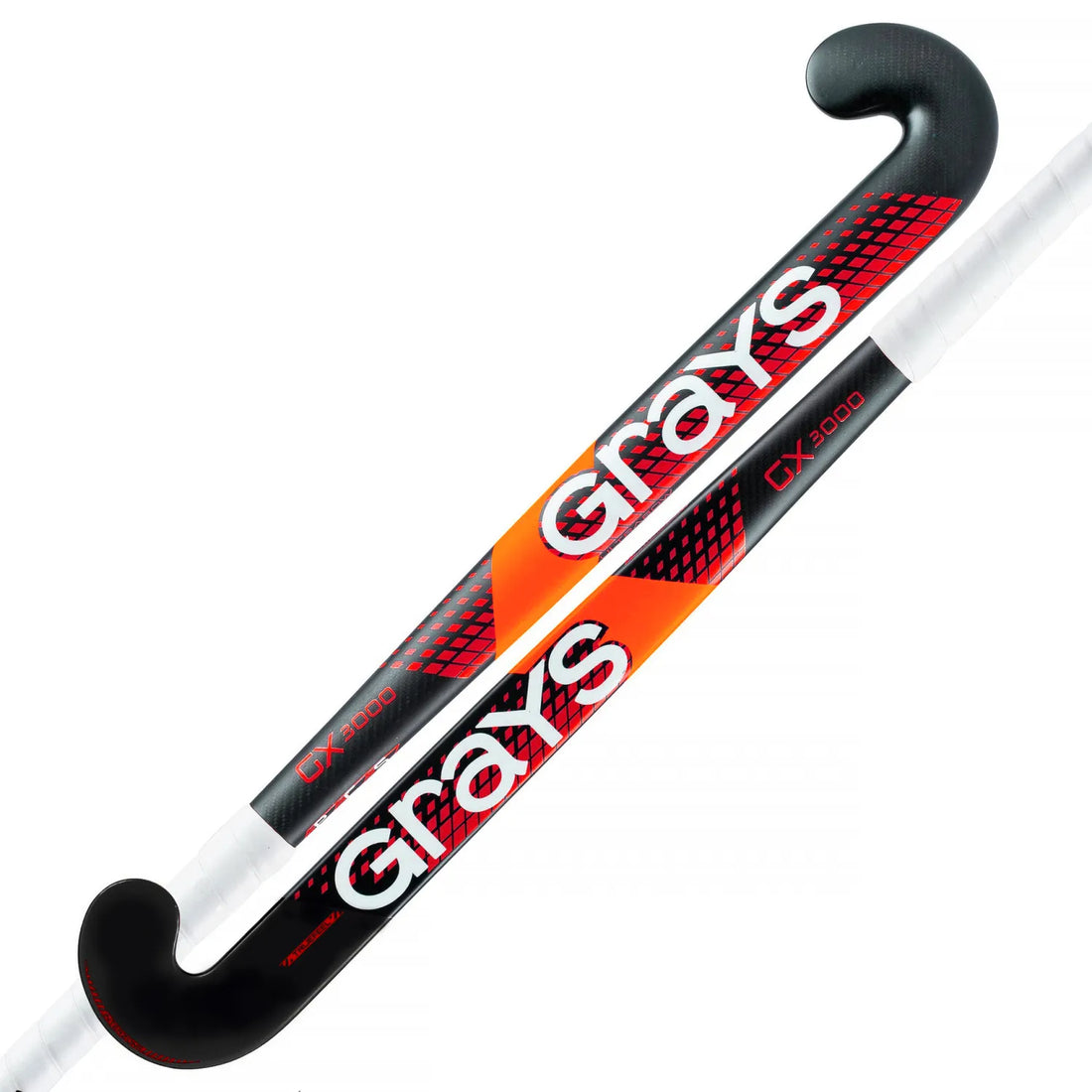
Choosing the Right Hockey Stick: Materials, Weight, and Design
Selecting the perfect hockey stick is crucial for optimizing performance, whether you're a beginner or an experienced player. With various materials, weights, and designs available, choosing the right stick can enhance your control, power, and comfort on the field. This guide will break down the key factors to consider when selecting a hockey stick tailored to your playing style.
1. Materials: Understanding Your Options
Hockey sticks come in different materials, each offering distinct advantages:
- Wood: Traditional, affordable, and provides a natural feel but can be heavier.
- Fiberglass: A lightweight option that enhances durability and flexibility.
- Carbon Fiber: Popular among advanced players for its lightweight and high power output.
- Composite: A mix of materials (e.g., carbon and fiberglass) offering a balance of power and control.
Choosing the Right Material:
- Beginners may prefer wood or fiberglass for affordability and durability.
- Intermediate and advanced players often opt for carbon fiber or composite for better performance.
2. Weight: Finding the Right Balance
The weight of your hockey stick can impact your gameplay and overall comfort.
-
Lightweight Sticks:
- Allow for faster stick handling and quick movements.
- Ideal for forwards and attacking players who prioritize speed and agility.
-
Heavier Sticks:
- Provide more power behind shots and passes.
- Suitable for defensive players who need strength and durability.
Choosing the Right Weight:
- If you prefer speed and quick stick work, go for a lighter stick.
- If you rely on powerful shots and stability, a heavier stick may be the better choice.
3. Design: Stick Shape and Bow Type
The design of a hockey stick plays a crucial role in ball control and shot execution.
- Standard Bow: A slight curve that offers balanced control, suitable for all-around players.
- Mid Bow: Provides better ball control and drag-flicking capabilities, ideal for midfielders.
- Low Bow: Designed for aerial skills and advanced drag-flicking, preferred by attacking players.
- Extra Low Bow: Allows for extreme ball control and deception, used by high-level attackers.
Choosing the Right Bow:
- Defenders and all-rounders benefit from a standard or mid bow.
- Attackers and players focused on drag-flicking should opt for a low or extra low bow.
4. Length and Grip Considerations
Ensuring the right stick length and grip enhances comfort and control.
-
Stick Length:
- A stick should typically reach your hip bone when placed on the ground.
- Shorter sticks improve close control, while longer sticks aid in reach and defensive play.
-
Grip:
- Textured grips enhance handling and prevent slipping.
- Cushioned grips provide extra comfort and reduce vibrations.
Conclusion
Choosing the right hockey stick depends on your playing position, style, and comfort preferences. Whether you prioritize speed, power, or precision, understanding the materials, weight, and design features will help you make an informed decision. Investing in the right stick can enhance your performance and confidence on the field, ensuring you play at your best.
